There can be your advertisement
300x150
Communal Living as a Trend: What to Learn from the Soviet Experience of Shared Housing
Clear rules and a system of mutual responsibility
While young people pay exorbitant amounts for co-living in Moscow and St. Petersburg, longtime residents fondly recall the era when shared living was not a trend but a reality. Communal apartments, which we often consider relics of the past, have suddenly become prototypes of today's most fashionable housing formats.
Modern co-living spaces, student campuses, and homes for young professionals are all variations on the theme of communal living. Only now does such a format come with a premium, whereas before it was simply how people lived. Perhaps it's time to stop feeling ashamed of Soviet history and draw useful lessons from our ancestors' experience.
Main takeaways from the article:
- The communal kitchen was the center of social life — just like modern shared spaces in co-living;
- The schedule for using the bathroom and toilet taught people to plan time and respect others' needs;
- The system of cleaning duties worked more effectively than any modern cleaning services;
- Neighbors became a second family — mutual help and support were the norm, not an exception;
- Personal boundaries were formed not by walls but through agreements and mutual respect.
The communal kitchen as a social hub: why friendships were forged there
The kitchen in a communal apartment was not just a place for cooking — it was a club of shared interests, psychological counseling, and a social salon all in one. Around the common table, political discussions took place, family problems were shared, and joint trips to the theater were planned.
Each family had its own shelf in the refrigerator, their own pots on the stove, but often cooked together. Borscht for the whole communal apartment every Sunday, collective pickling of cucumbers for winter, birthday celebrations for everyone — this created a special atmosphere of community.
Modern co-living spaces attempt to recreate the magic of shared kitchens by organizing culinary evenings and common lunches. But it feels artificial — too many people, not enough time for real familiarity.
 Photo from the website: pinterest.com
Photo from the website: pinterest.comThe bathroom schedule: how 20 people shared one shower without conflicts
In a communal apartment housing 15–20 people, there was usually just one bathroom. Yet somehow everyone managed to shower, brush their teeth, and do laundry. The secret was in a strict schedule and iron discipline.
In the morning — a 15-minute queue per person. In the evening — scheduled bathing days: Monday and Thursday — the Ivanovs, Tuesday and Friday — the Petrovs. Saturday — general cleaning of the entire communal apartment. Nobody was late, and nobody stayed longer than necessary.
This experience taught an entire generation to plan time and respect others' needs. Modern coliving residents can only envy such organization — conflicts in shared bathrooms are constant due to queues.
 Photo from the website: pinterest.com
Photo from the website: pinterest.comThe duty system: how to maintain cleanliness without housekeeping
Common areas in communal apartments were kept in perfect order without any property management companies. A simple system was in place: each family took turns cleaning once a week. Responsibilities included mopping corridors, cleaning the bathroom and kitchen, and the staircase.
Duties were strictly tracked: who dirtied what, who didn’t clean up after themselves, and who violated the rules. Fines were imposed in the form of additional duties or public shaming during kitchen gatherings.
This system worked flawlessly because everyone understood: today you clean, tomorrow someone else will. Mutual accountability motivated better than any monetary fines.
Neighbors as family: mutual support at all levels
In a communal apartment, there were no strangers’ children or strangers’ problems. If parents were stuck at work, neighbors would feed the kids. If someone fell ill, the whole collective would rush to get medicine. If someone urgently needed to leave, children were watched over without needing to ask or remind.
Not just problems were shared, but joys too. Weddings, birthdays, graduation parties — all were celebrated together. Buying a new TV or scarce furniture became an event for the entire communal apartment.
Modern people living in separate apartments often don’t even know their neighbors’ names. Residents of communal apartments created real family clans, where everyone could count on support.
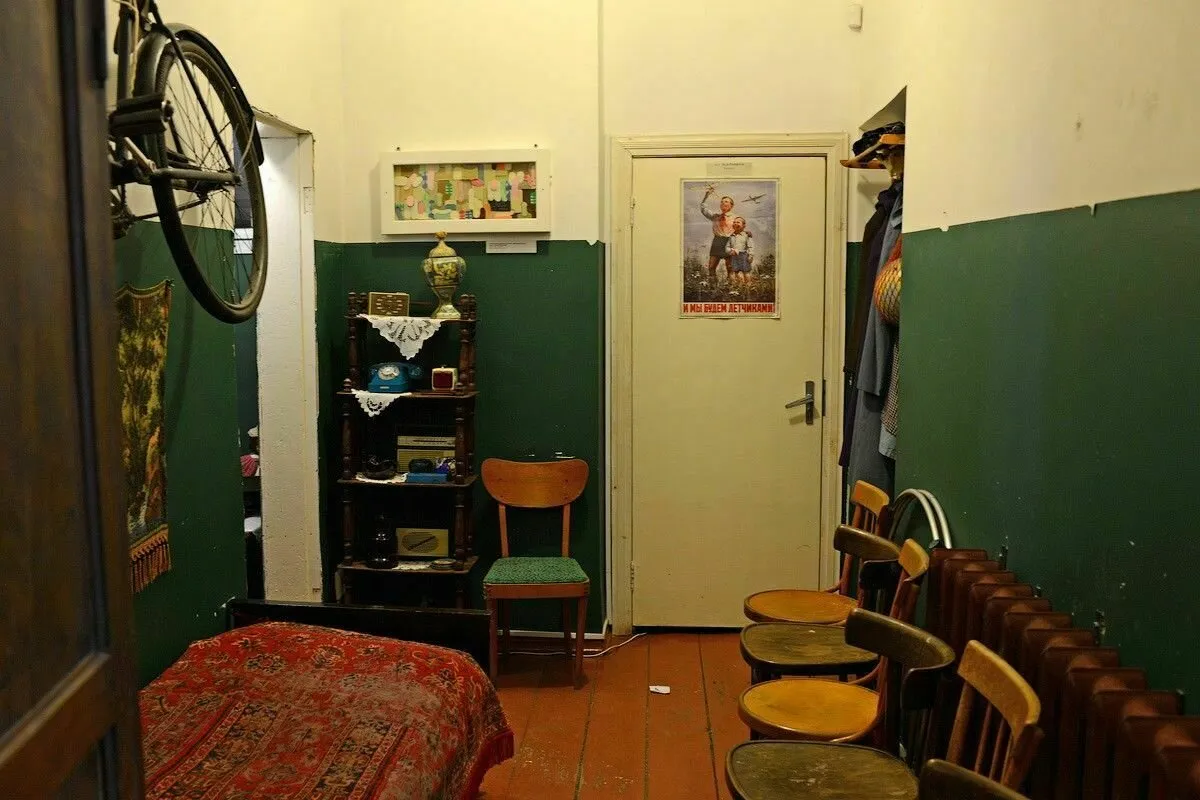 Photo from the website: pinterest.com
Photo from the website: pinterest.comPersonal boundaries without walls: how to preserve privacy in shared spaces
The main skill of a communal apartment resident was the ability to create personal space in shared spaces. Not eavesdropping on neighbors’ conversations, not prying into others' business, and not commenting on other families' issues.
There existed an unwritten code of conduct: don’t occupy common spaces for too long, don’t make noise late at night, and don’t settle personal matters in front of others. Violating these rules led to ostracism — living in the communal apartment became unbearable.
These skills shaped a special type of personality — socially adapted but maintaining inner independence. People learned to be part of the collective without completely dissolving into it.
Economy of shared living: how to save on everything without compromising quality
A communal apartment was a school of sensible economy. Laundry detergent was bought in bulk — larger packages were cheaper. Soups and porridges were made for the whole communal apartment — savings on gas and food. Subscriptions to newspapers and magazines were shared — everyone read them all.
Household appliances were also shared: refrigerator, washing machine, TV. Each family paid for usage, but the total cost was many times less than buying individually.
Modern sharing economy — car-sharing, bike-sharing, tool rentals — is a direct legacy of communal living experience. It’s just that now it's done through apps instead of neighborly agreements.
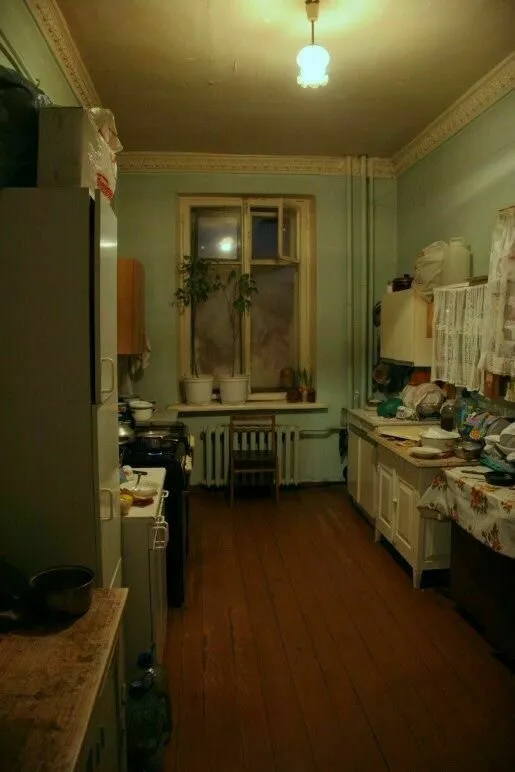 Photo from the website: pinterest.com
Photo from the website: pinterest.comConflicts and their resolution: diplomacy of communal living
Conflicts in communal apartments were inevitable, but there were well-developed mechanisms for resolving them. House committees, tenant meetings, and elected house leaders — all this worked to mediate between sides.
The main rule: any conflict was resolved publicly, in front of witnesses. This prevented gossip and assumptions, forcing participants to behave civilly. Sanctions existed: from public shaming to exclusion from the communal apartment.
This experience of collective conflict resolution shaped skills that modern people often lack. The ability to negotiate, find compromises, and prioritize collective interests over personal ones — all of this was natural for residents of communal apartments.
Lessons for modern shared living
Modern formats of shared living could learn much from Soviet communal apartments. Clear rules for dormitories, a system of mutual responsibility, and a culture of shared spaces — all these worked for decades.
The main mistake in modern coliving is trying to combine individualism with collective living. In communal apartments, people understood: if you live with others, be ready for compromises. Modern youth wants the benefits of shared life without obligations to the community.
Perhaps it's time to romanticize Western coliving models less and study our own experience more. After all, our grandparents knew how to live together — they simply didn’t have a choice. We can take the best of their experience and adapt it to modern realities.
More articles:
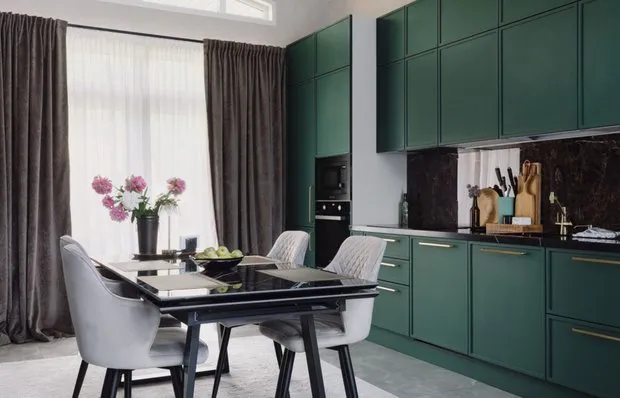 Personal Experience: How We Furnished a Cozy Country House in Istra in Two Months
Personal Experience: How We Furnished a Cozy Country House in Istra in Two Months House in the Suburbs Designed by an Interior Designer for Herself and Her Family
House in the Suburbs Designed by an Interior Designer for Herself and Her Family Stylish and Thoughtfully Designed Kitchen in a 65 sqm Loft
Stylish and Thoughtfully Designed Kitchen in a 65 sqm Loft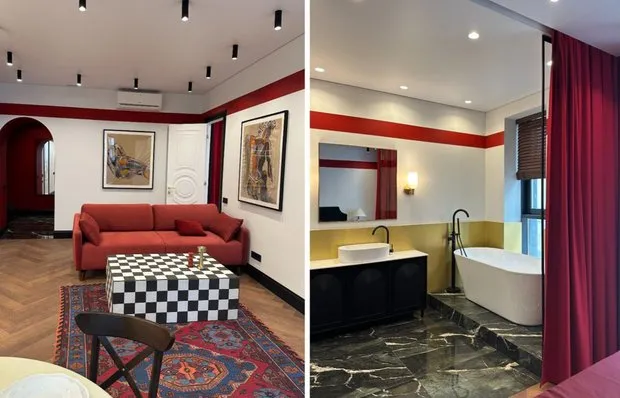 Bold and Unconventional Solutions in a Vibrant 80 m² Trash Style
Bold and Unconventional Solutions in a Vibrant 80 m² Trash Style When Interior Starts with Color: How to Choose a Palette You Won't Get Tired Of
When Interior Starts with Color: How to Choose a Palette You Won't Get Tired Of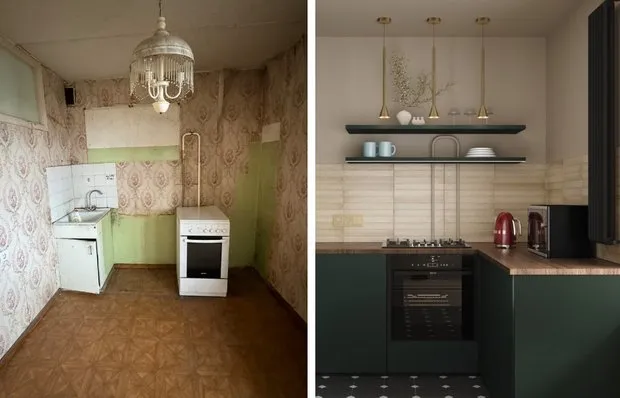 How We Redesigned an 8 m² Kitchen in a Brezhnev-Era Apartment to Make It Bigger and More Modern (Before and After)
How We Redesigned an 8 m² Kitchen in a Brezhnev-Era Apartment to Make It Bigger and More Modern (Before and After)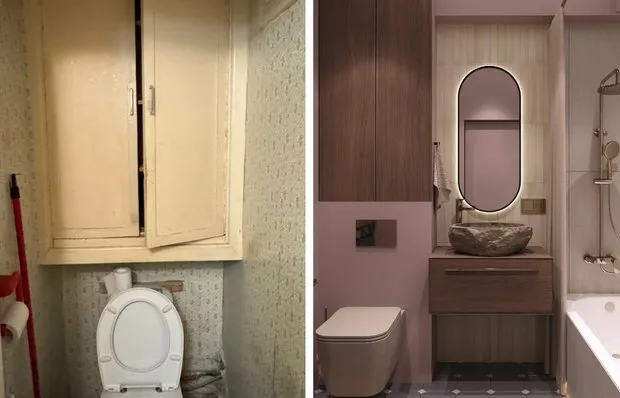 Before and After: How a 3 sqm Bathroom Was Transformed Into a Relaxation Zone
Before and After: How a 3 sqm Bathroom Was Transformed Into a Relaxation Zone How to Style an 8 m² Entrance Hall in a Secondary Apartment to Make It Functional and Stylish
How to Style an 8 m² Entrance Hall in a Secondary Apartment to Make It Functional and Stylish